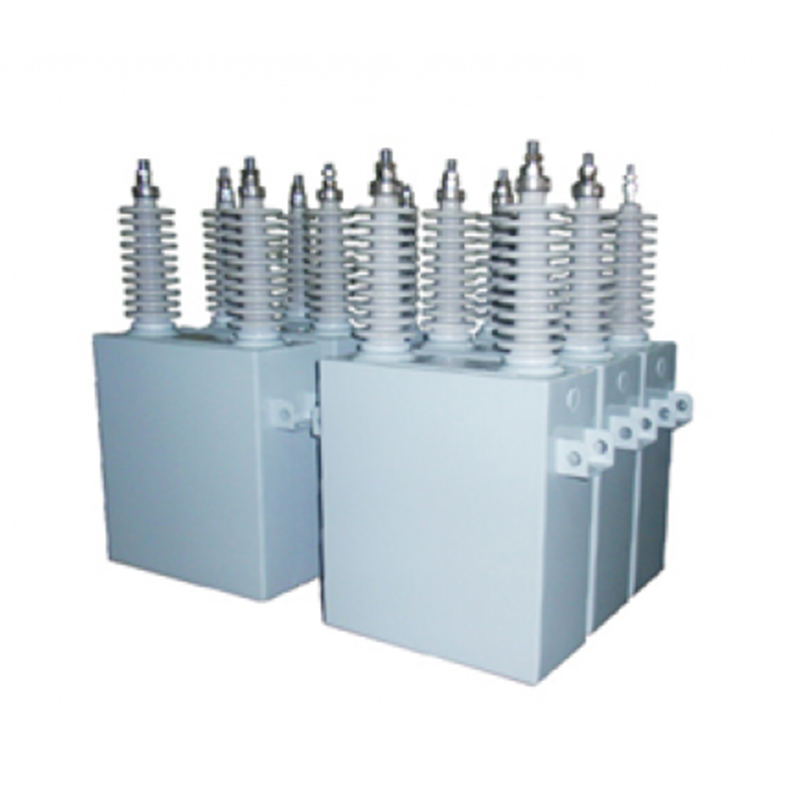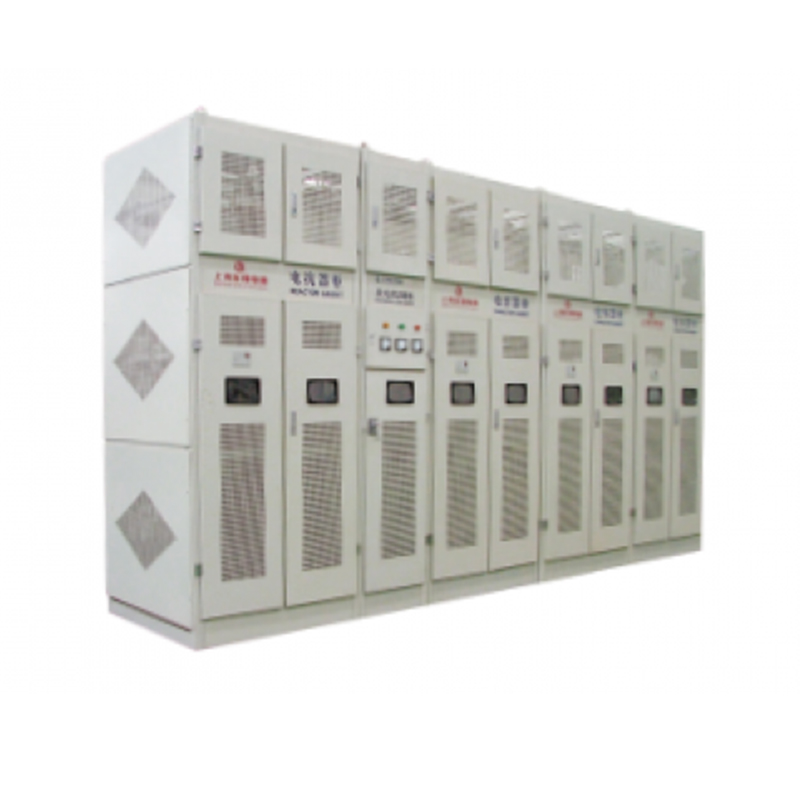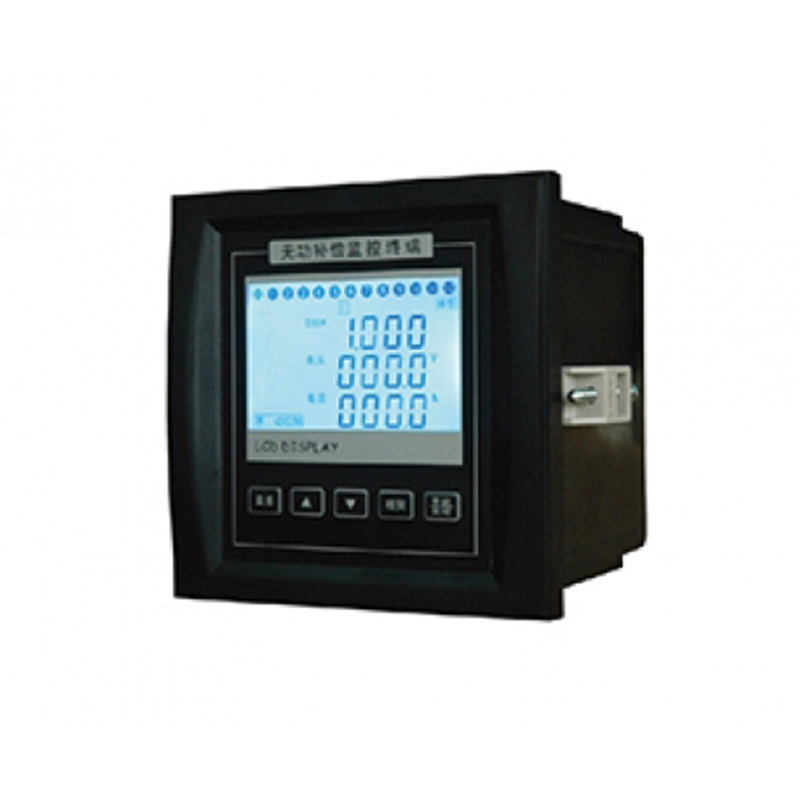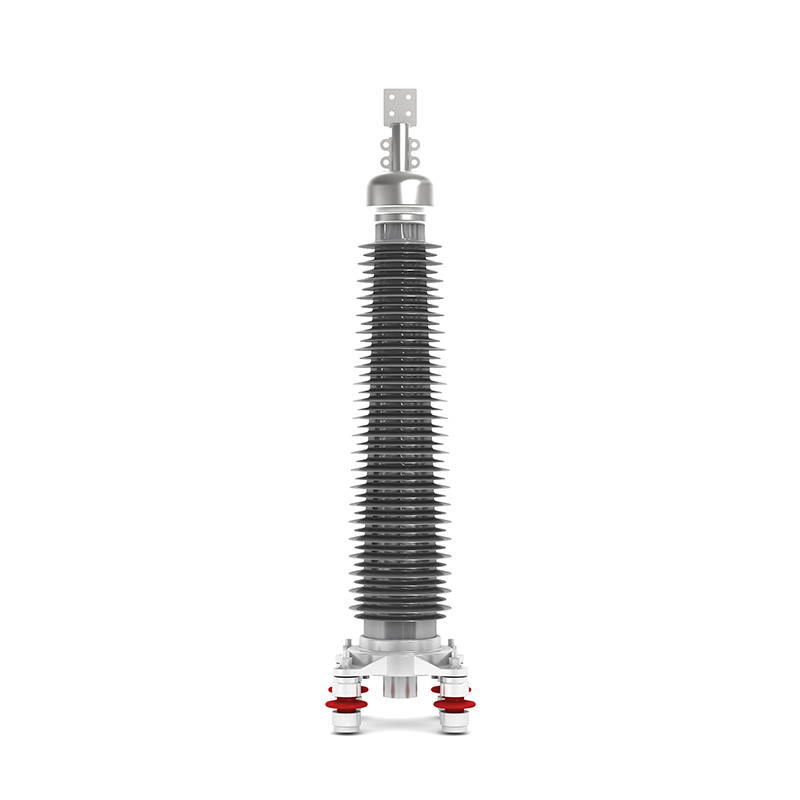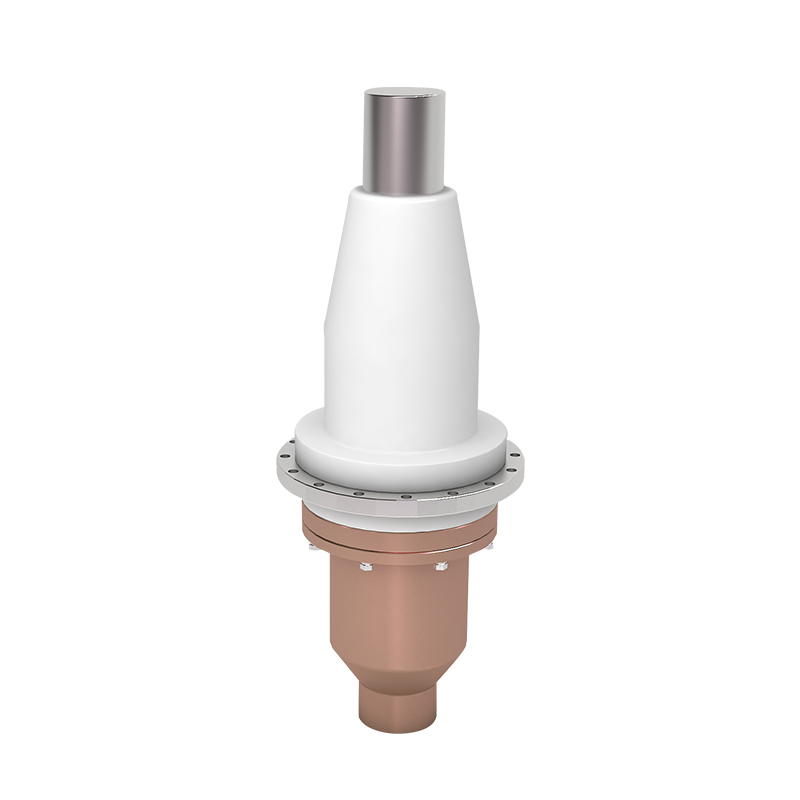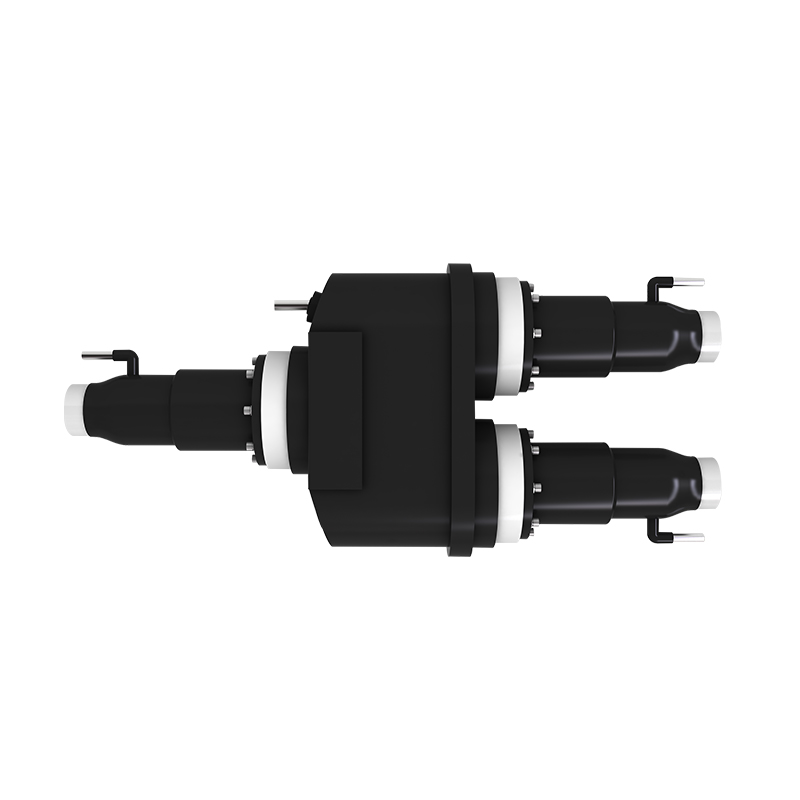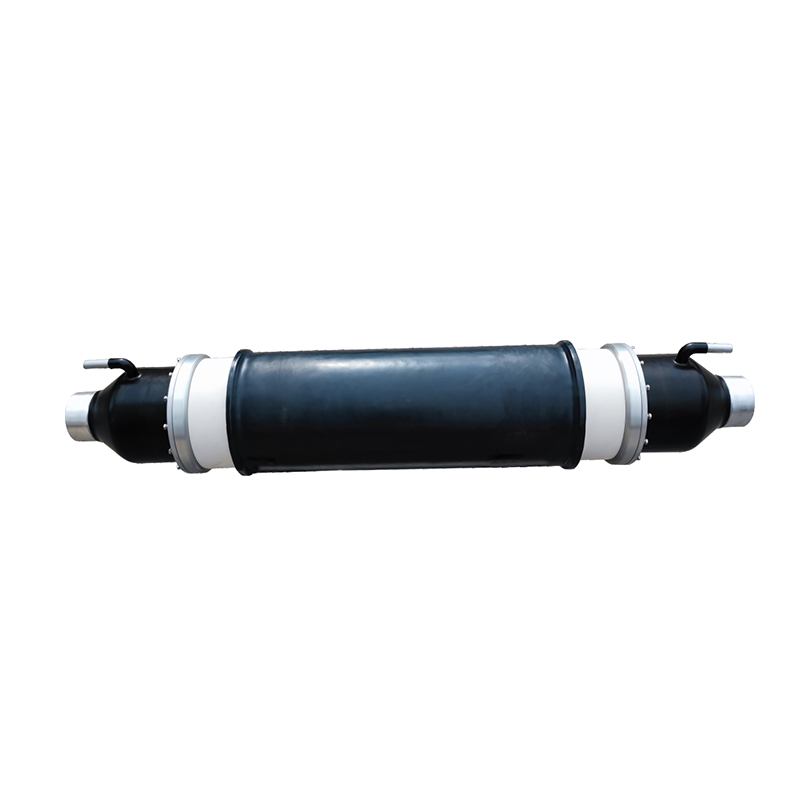Understanding the Primary Sources of Energy Loss in Power Capacitor Units
Overview of Energy Loss in High-Voltage Capacitor Installations
In high-voltage power systems, capacitors are essential for power factor correction, voltage regulation, and reactive power compensation. Among these, a High Voltage Capacitor Unit plays a key role in maintaining electrical stability in substations and industrial setups. While capacitors are generally regarded as low-loss components compared to resistive or inductive elements, they are not entirely free from energy dissipation. Energy loss in these units can cause increased operational costs, reduced efficiency, and shorter equipment lifespans. Therefore, identifying and understanding the primary avenues of energy loss is crucial for optimizing both performance and longevity.

Dielectric Losses Due to Material Imperfections
One of the significant contributors to energy loss is dielectric loss. Capacitors store energy by accumulating electric charges across a dielectric medium. However, no dielectric material is good. Even high-quality dielectrics exhibit a small amount of conductivity or polarization lag, causing what is known as dielectric dissipation. This loss is frequency-dependent and becomes more pronounced at higher operating voltages or in the presence of harmonic-rich environments. The heat generated from dielectric losses can accumulate over time, raising the internal temperature of the unit and potentially accelerating the degradation of dielectric properties.
Conduction Losses Through Electrodes and Connections
Another notable source of energy loss arises from conduction through the capacitor’s metallic components. The electrodes, terminals, and interconnections are all made of conductive materials, typically aluminum or copper. These materials, although highly conductive, still exhibit some resistance. When current flows through the capacitor, this resistance causes I²R losses—energy dissipated in the form of heat. In high-current applications, even minor resistive elements can contribute to a measurable amount of thermal loss. Over time, repeated heating and cooling cycles can cause mechanical stress or loosening of joints, further increasing the resistance and energy dissipation.
Losses Due to Leakage Currents and Insulation Degradation
Even in ideal conditions, capacitors may exhibit leakage currents across the dielectric or surface of the casing. These currents are usually minimal but can become significant in aged units or those exposed to high humidity, temperature fluctuations, or contamination. Insulation degradation over time increases the risk of higher leakage, which not only results in energy loss but may also compromise safety and cause dielectric breakdown. To mitigate this, modern capacitor units are often designed with enhanced insulation materials and sealing techniques, though some degree of loss remains inevitable.
Losses Associated with Switching and Transients
In industrial systems, capacitors are often switched on and off according to load demand. During switching events, particularly under load or in networks with poor power quality, transients such as voltage spikes or inrush currents can occur. These transients may not be sustained, but their impact is substantial. Each event causes localized heating and dielectric stress, resulting in minor but cumulative energy losses. Frequent or poorly managed switching can also increase the wear on protective components like contactors and reactors, contributing to system inefficiencies over time.
Thermal Losses and Their Effect on Longevity
Regardless of the source, most energy losses in capacitors are ultimately converted to heat. Elevated internal temperatures not only represent wasted energy but also shorten the lifespan of the capacitor. Thermal losses affect the chemical stability of the dielectric, the viscosity of impregnation fluids, and the elasticity of sealing compounds. In high-voltage applications, managing these thermal effects is critical. Passive cooling through optimized housing design and active cooling via ventilation or heat sinks are commonly employed to decrease energy waste and thermal degradation.
Recommended Products
The variety of models, to meet the development needs of various regions in the world.
-
Add: No. 508, Dongye Road, Dongjing Town, Songjiang District, Shanghai
-
Tel: +86-13757652508
-
E-mail: [email protected]
 English
English 中文简体
中文简体 русский
русский Español
Español عربى
عربى